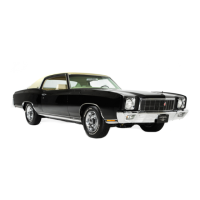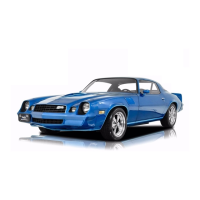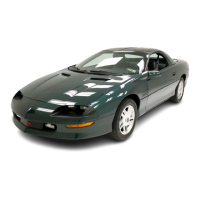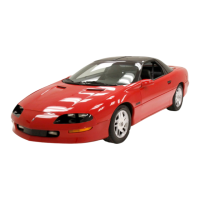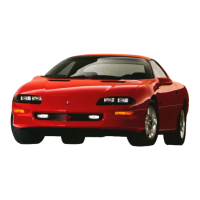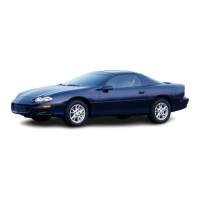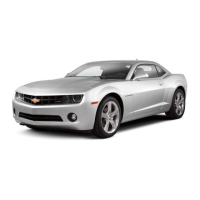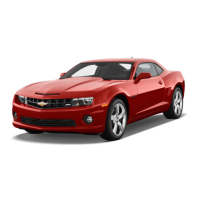under the proper conditions, they react with other
gases to form photochemical smog, which
is
so
prev-
alent in Los Angeles.
In
addition, carbon monoxide emissions have been
reduced by about 65 percent compared with 1960
model cars without controls. Although carbon mon-
oxide does not enter into the complex photochemical
smog reaction, it
is
toxic at high concentrations and
thus, has been controlled to prevent high atmospheric
concentrations.
Recent
Developments
Another important advancement in air pollution
control has been the removal of lead from gasoline.
(Certain lead compounds have been used for many
years
as
additives to increase octane ratings.) All
1971 General Motors cars including your Camaro
are designed
to operate on unleaded or low-lead
(zero to
0.5 grams per gallon) gasolines. However,
any gasoline with
91
Research Octane Number or
42
higher will satisfy your engine's octane requirements.
Use of unleaded
or
low-lead gasoline will keep your
engine running efficiently and play an important part
in reducing exhaust emissions of hydrocarbons and
particulates.
Your
Role
In
Controlling
Air
Pollution
1.
Use
Unleaded
or
Low-Lead
Fuels-To
obtain
maximum results
In the reduction of automotive
emissions, use an unleaded gasoline.
If
such gaso-
line
is
not available, you may use a leaded regu-
lar grade gasoline.
2.
Have The
Air
Pollution Control Systems on Your
Car Serviced Regularly -
The following pages of
this section describe the emission control systems
on Chevrolet vehicles and provide information
on their proper maintenance. By following these
recommended maintenance services you will help
assure cleaner air and provide a better running,
longer lasting engine and greater all around satis-
faction, economy and performance.
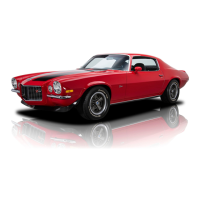
